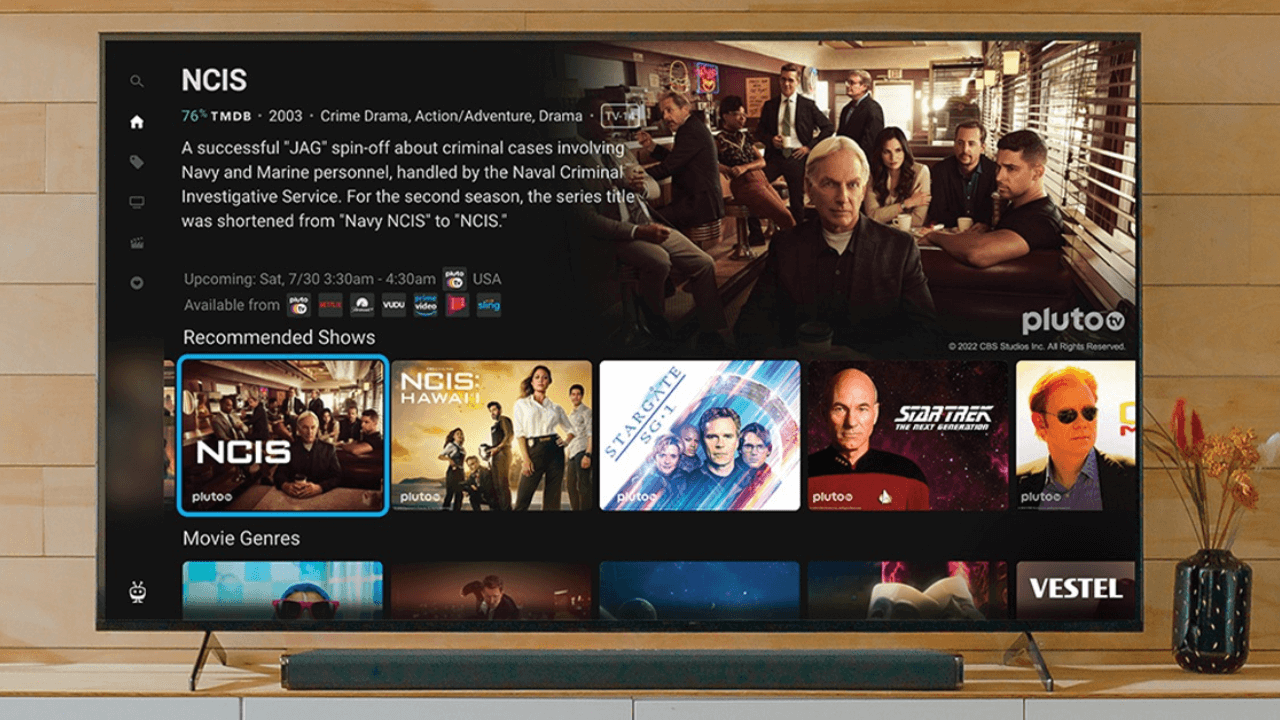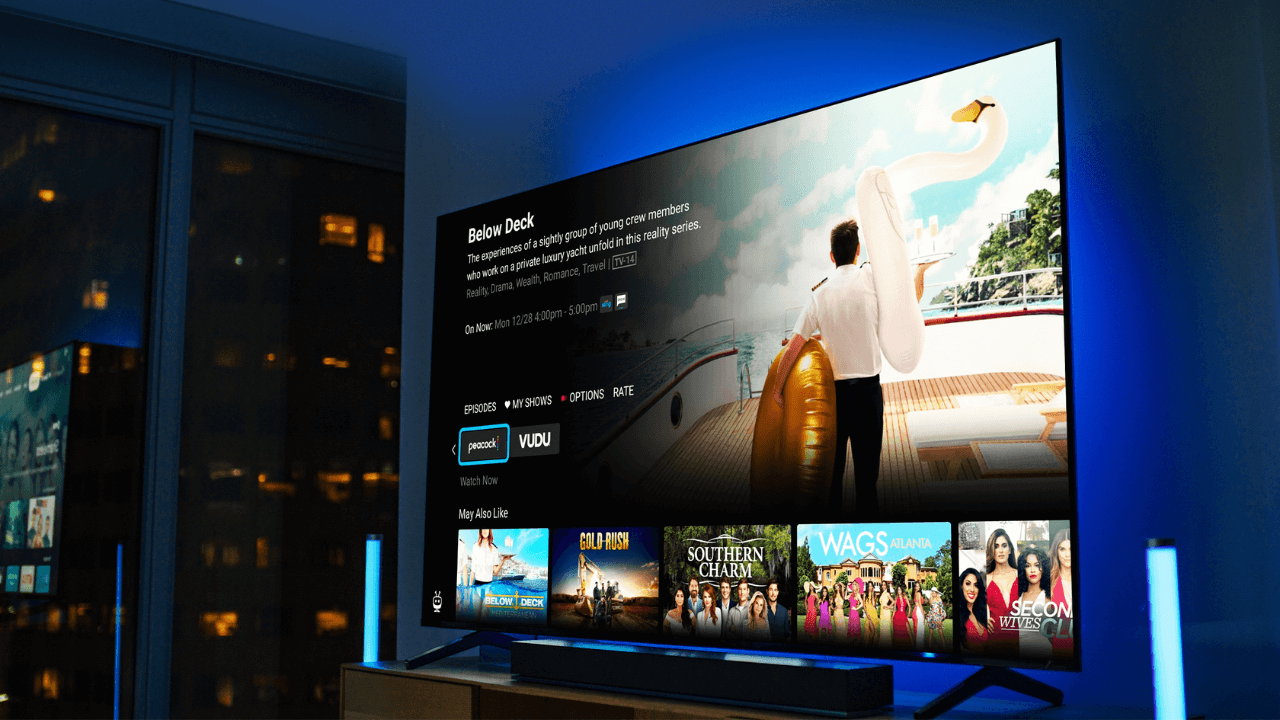Back in February, retail giant Walmart announced that it would acquire the TV manufacturer Vizio for $2.3 billion. This acquisition puts a sharp focus on the centrality of the smart TV ecosystem as an engine of growth in both the TV market and in the advertising world. In North America alone, 76.4% of consumers own a smart TV, according to data from the Q4 2023 TiVo Video Trends Report, signaling the powerful potential reach for the evolving entertainment industry.
If we look back at the history of television, it has always been linked with advertising. From the earliest product placement and sponsored programs of the 1940s and 1950s to the multi-multi-billion-dollar industry it is today, TV ads have become a fact of life and the medium continues to evolve. Walmart’s recent acquisition of Vizio — and thereby its SmartCast smart TV operating system — is yet another step in an evolution of advertising that builds on several other earlier developments. Some of those developments involve a retailer owning a smart TV operating system (TVOS), such as Amazon through its Fire TV. Others don’t involve ownership of the TVOS, but instead extend the reach of their first-party customer data and retail platform through partnerships, such as Roundel Media designed by Target.
If you aren’t sure what a retail media network is, it is an advertising platform operated by a retail company that allows advertisers to promote products and services directly on the retailer’s digital properties. In this instance, the retail giant Walmart will be utilizing the digital reach of Vizio TVs to target relevant ads. Retail media networks leverage the retailer’s first-party data to effectively target ads among subsets of its customer base, therefore increasing personalization and the measurable impact of advertising campaigns. Regardless of the model, retail media networks represent a growing trend in digital advertising, driven by the increasing importance of first-party data and the demand for performance-based marketing strategies.
Amazon, Walmart and Target may be the largest but they are not the only retail media networks in play. Other national and brick and mortar retailers have quickly adopted the monetization potential of retail media networks including Best Buy, Home Depot and Kroger. Online retailers like eBay, Instacart and even the likes of Etsy have successfully gotten into the retail media network game.
Generally speaking, the operating systems that power the platforms of smart TVs have become a new frontier for advertisers in recent years. The digital engines behind these platforms provide the precision and flexibility to gather behavioral data and target specific advertiser audiences on the glass screen. Historically, this was the Achilles’ heel of linear TV, which was threatened by the digital capabilities for traditional online advertising. Combined with behavioral data and the increased prominence of streaming, advertisers now have unprecedented ability to target consumers with relevant advertising within an entertainment experience that is seamless and contextual.
Many of the ads today on smart TV OS systems are display ads, but the drive is to move more of these ad units to video. Consumers have been growing more accustomed to seeing short and long form video-based ads in other areas of their daily lives — on everything from their Instagram feed to the ATM at their bank — so serving these kinds of ads on the TV is not likely to be met with widespread rejection. In fact, 6 out of 10 respondents from the Q4 2023 TiVo Video Trends Report said they didn’t mind watching ads sometimes. Additionally, subscription video on demand (SVOD) providers such as Netflix have reported strong growth in their ad-supported tier subscription, indicating a willingness on the part of the consumer to accept some relevant, contextual advertising in their home entertainment sessions.
Further to the point, one company (Telly) even has begun to offer a 55” high-definition TV completely free to the consumer, in exchange for an always-on crawl of ads on a separate thin screen below its integrated soundbar.
Retail media networks capitalize on the power of data and digital video delivery to target and deliver ad impressions to specific audiences, with the ability to measure outcomes in the form of desired behaviors (such as retail sales). Connecting an impression to an incremental purchase has always been the holy grail of advertising, and it was challenging to do with precision until recently. Retail media networks help to eliminate this guessing game, by using the power of technology and identity resolution to connect ad impression delivery to response against a single source.
The growth of retail media networks marks a major step in the evolution of advertising with television remaining at the forefront. The way TV is consumed has changed but its importance has not. Walmart’s acquisition of Vizio is about more than merely selling TV sets. Smart TVs and the monetization capabilities of their advanced operating systems have made TVs much more than an entertainment vehicle; they are now a measurable conduit for targeted advertising.
For more information about TiVo’s advertising solutions, click here.



